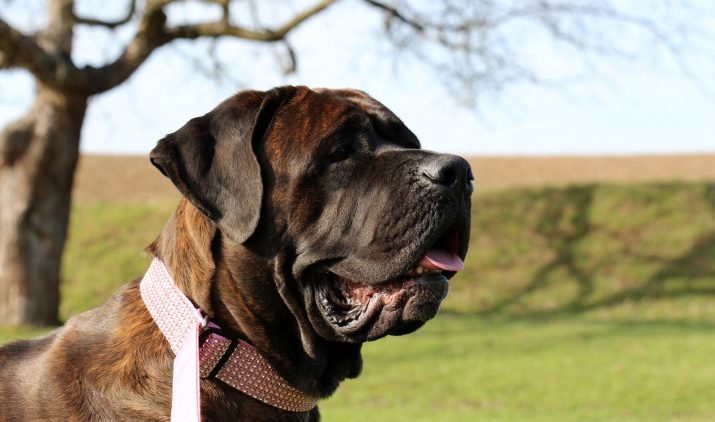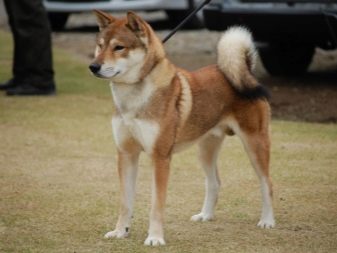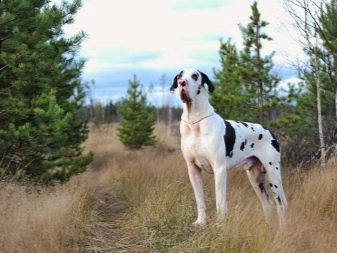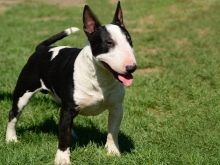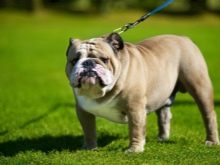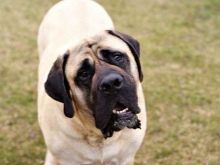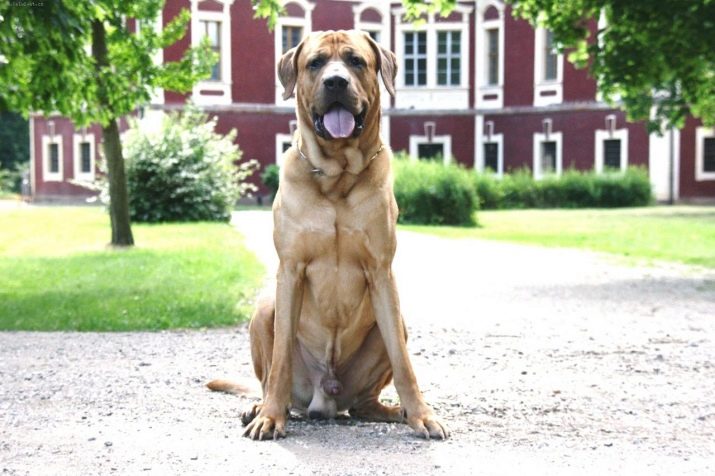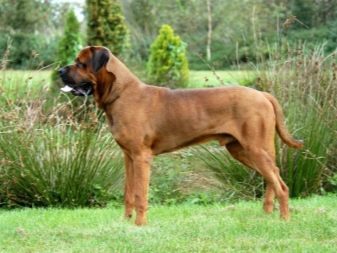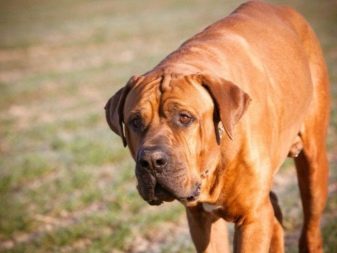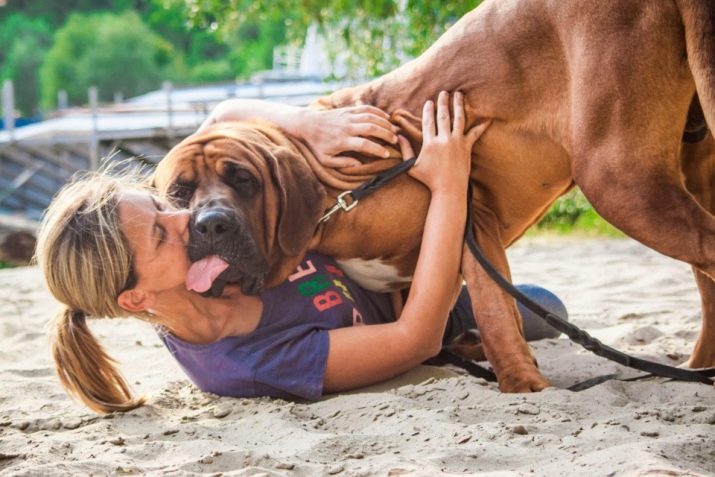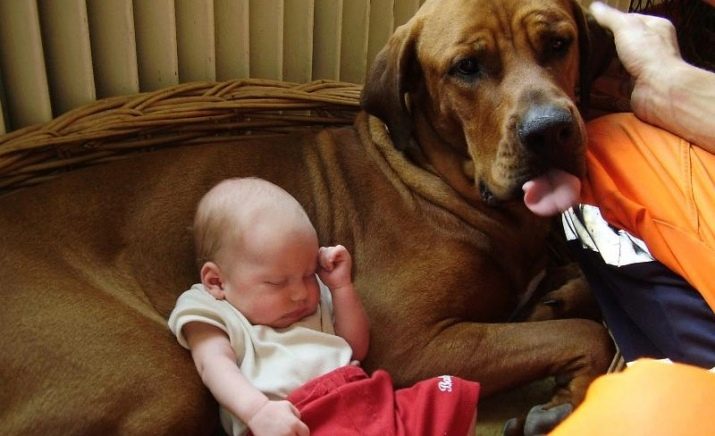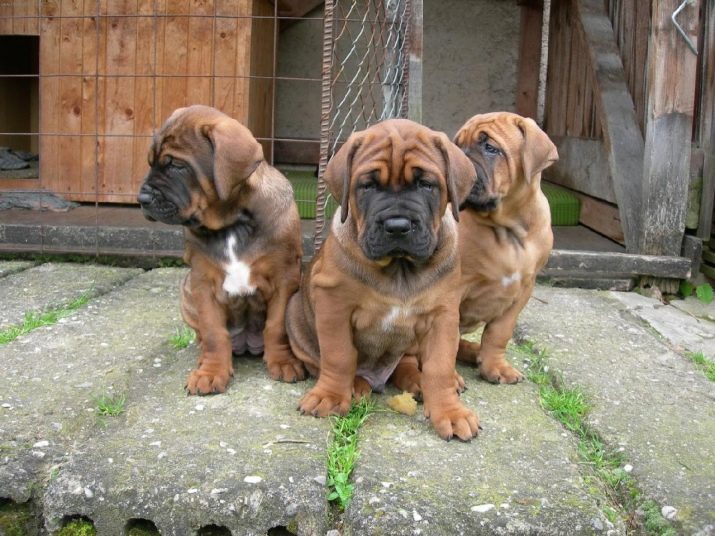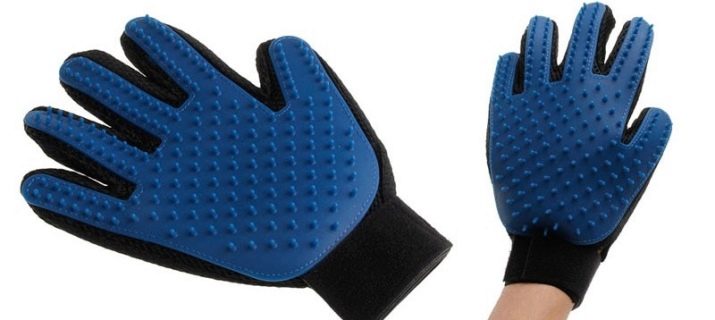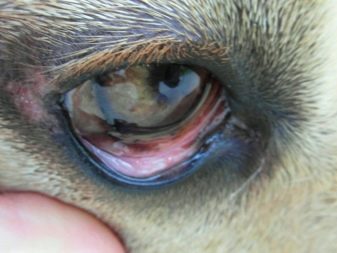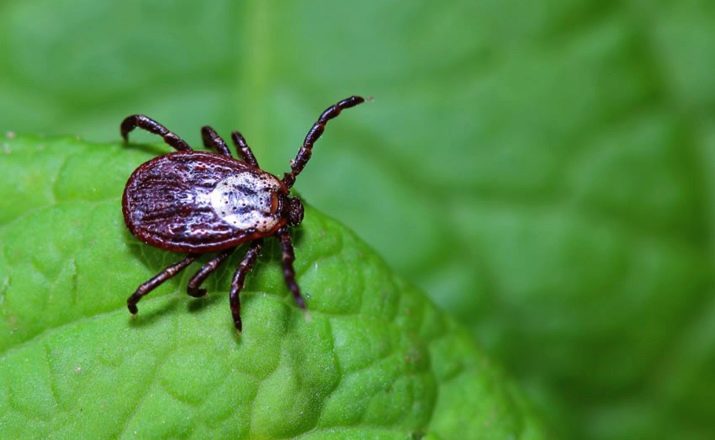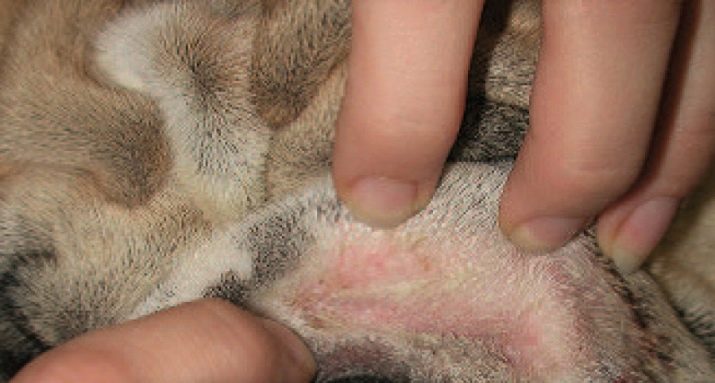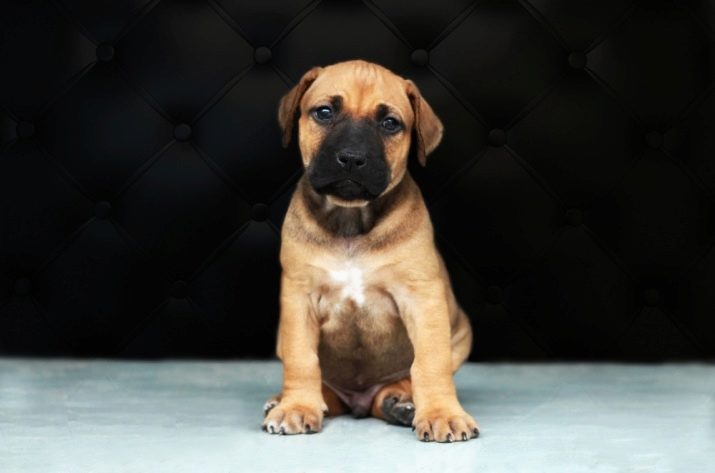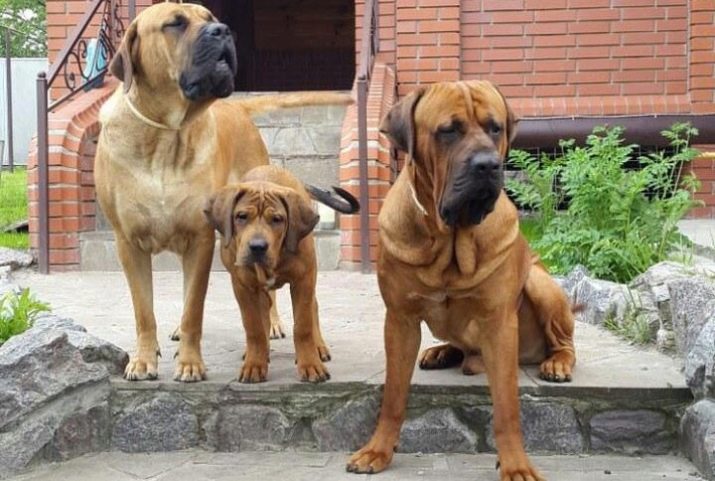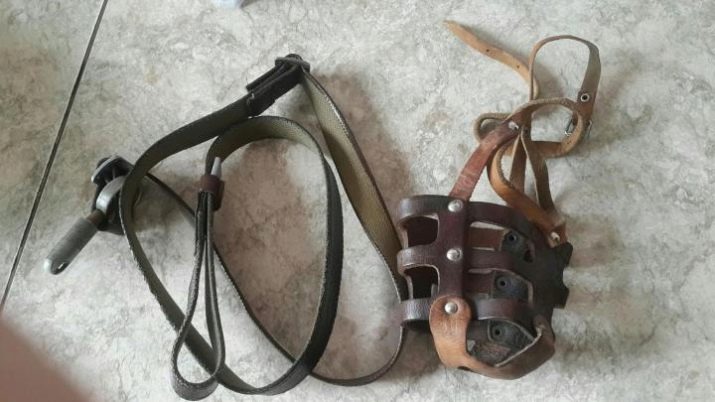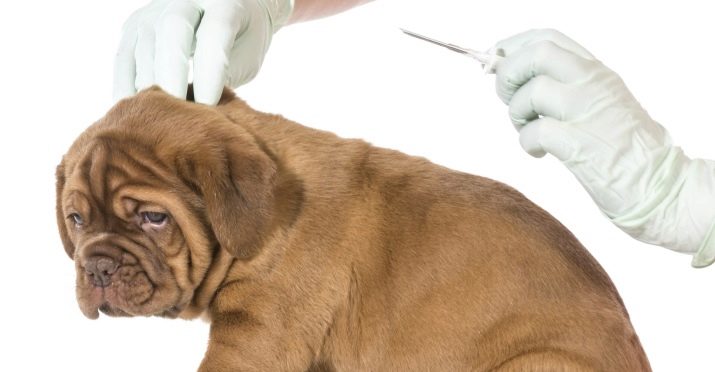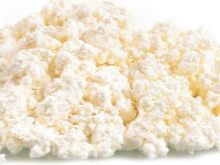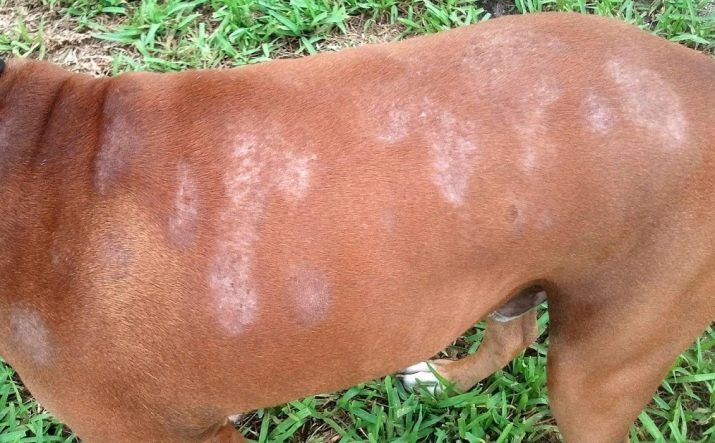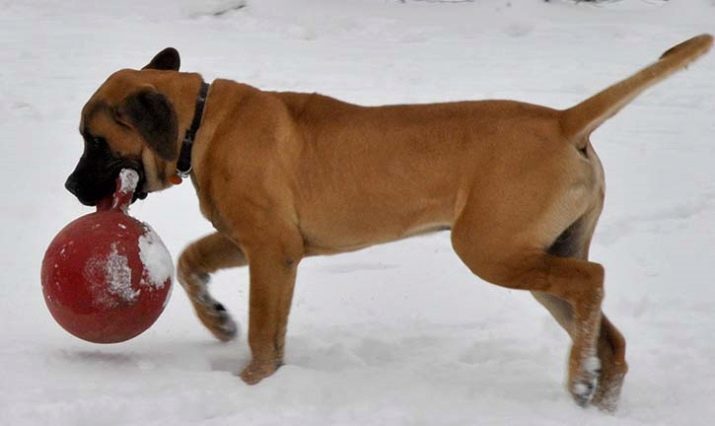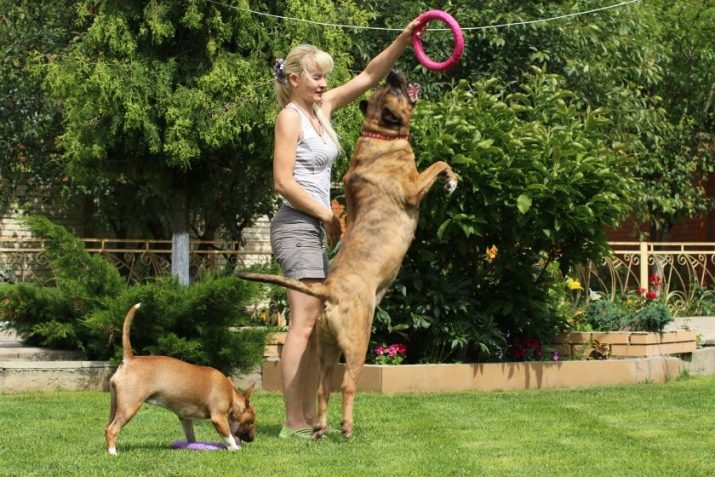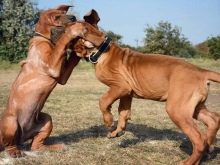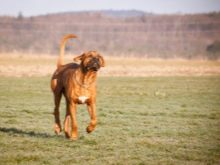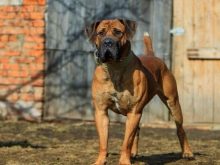Purebred Japanese Mastiff is a small and unpredictable breed. The reputation of a Tosa Inu was adversely affected by the delusion that this is an extremely aggressive dog. In addition, the high price of puppies also does not contribute to the growth of its popularity. In fact, it is a very calm, noble and imperturbable breed. However, there are subtleties of character and content that you should know before buying a puppy.
History of origin
In the Tosa-Inu breed, different blood is mixed: Mastiff, Bulldog, Bull Terrier, Great Dane. It is natural that the appearance of this mastiff happened in Japan, as there is a special attitude to the dog fights. This type of entertainment was intended for rich people, it has been developing intensively since the XIV century.
Then representatives of the Nihon-Inu breed took part in the battles, but they lost to stronger and stronger European dogs - bulldogs, bull terriers, mastiffs and others. Then it was decided to cross Nihon Inu with bulldogs and bull terriers. Further, consecutive crossing with mastiffs, German mastiffs, pointers and St. Bernards was applied. This is how Tosa Inu appeared in the form in which it exists now.
Tosa Inu appeared in 1868, initially exclusively on Japanese lands, but later spread to those countries that were united with Japan with common commercial interests.
The breed flourished in the period from 1925 to 1933. The breed almost disappeared during World War II, as the famine in the Japanese lands was very strong. Most of the Tosa Inu were destroyed, only a few individuals were rescued by the breeders, risking their own head, because the dogs had to be fed, and they ate a lot. Thanks to their placement in poorly populated areas, the breed was saved from the death penalty. After some time, the number of litters was restored thanks to the enthusiasm of the breeders.
Today, Tosa Inu mostly live in the country, where they were bred, used as security guards in the homes of wealthy people. It is a fighting breed, its representatives are very resistant, strong and powerful. They attack without knowing pity. They look extremely impressive, while they are excellent watchmen. Indeed, aggressiveness is the “core” of Tosa-Inu's character, so it must be properly educated, to do so consistently. The owner must have a firm and calm character.
Breed description
In European countries, representatives of the breed that fully meet its standards are almost never found. In accordance with the requirements of the standard, a dog of this breed must have the following characteristics:
- square head shape;
- triangular jaw, slightly protruding forward, scissor bite;
- strong maw;
- black nose;
- thick lips;
- dark brown eyes, look intelligent, confident and calm;
- triangular-shaped hanging ears;
- a short thick muscular neck with skin folds (suspension);
- strong muscular body with a straight back;
- picked up belly;
- straight and long legs with strong bones; hind legs must have correct articulation angles;
- tail set high and reaching the hock.
A healthy dog can weigh up to 70 kg. The growth of the dog reaches 70 cm, female - up to about 60 cm. Brown color of different tones is characteristic for wool - darker in the ear and neck area, the rest of the body is lighter.The presence of one or more white spots in the chest area is acceptable. In other areas of the body, the presence of white spots is not allowed. The texture of the wool should be tough, short, thick.
It is desirable to have a black mask on the face.
By the nature of Tosa Inu - it is a patient and courageous dog. The lack of breed is the presence of a sharp muzzle. To the vices include cowardice, lack of confidence in the behavior, weak and thin bones, as well as the presence of a strong snack or undershot. Breed defects (i.e., disqualifying features) are monorhism and cryptorchidism.
Character and behavior
Despite the fact that Tosa Inu is a fighting breed, there is no aggression and anger with proper upbringing. There is no problem in keeping the dog in a family with children, all households will love it. Tosa Inu have a flexible, patient and caring character, while they are very active.
If there is a need, then this dog is able to lie still for a long time, without attracting attention to itself. She is seasoned and persistent, it is unusual for her to bark without a reason. Tosa Inu are friendly, and if they are socialized and brought up from an early age, then they are completely absent even in relation to outsiders.
These are very dedicated dogs. They would not allow them to be offended, they would not even allow a stranger to them with hostile intentions. They are brave and courageous dogs with incredible strength. The dog of this breed has a huge amount of internal dignity. That is why the master must be so strong in spirit that the dog will recognize his primacy. Buy Tosa Inu need in early puppy age and train from the very beginning.
To raise an adult dog is impossible. Representatives of this breed are child-loving, but it is undesirable to leave the child alone with them. They are not very fond of playing with children, but they clearly control that the little explorer does not harm himself in the process of knowing the world. But if the child will climb to the dog, perhaps it will act aggressively. The owner of Tosa Inu recognizes only one family member, the rest will be taken calmly and loyally, but will not obey.
The dog must be constantly monitored, and the owner must do this. She is calm almost all the time, but she can show aggression if someone attacks her rest. Only continuous training will help solve the problem with frequent outbreaks of Tosa-Inu aggression.
How to choose a puppy?
A distinctive feature of Tosa-Inu puppies is activity and playfulness. Only at the age of a puppy, this breed runs, makes noise, rejoices and jumps. They are so nimble, mobile, that the owner must keep his eyes on the pet and continuously occupy him with something, bringing up in the process of games. Growing up, Tosa-inu become more calm, calm and noble.
Conditions for content
If the owner does not have enough time to stay close to his pet, or the nature of his work is such that he is absent for a long time at home, it is better not to have a dog of this breed. If the dog does not see the owner for a long time, he ceases to perceive him as the main one, leaves the submission, and once during an outbreak of aggression the owner may not affect him or calm him down. It is not difficult to care for Japanese mastiffs, but there are rules that must be followed to prevent Tosa Inu from getting sick.
- Wash dog you need as rarely as possible, only in case of emergency. Twice a week you need to comb it. To do this, fit a brush with rubber teeth.
- You should regularly examine the eyes and ears of Tosa-Inu. Clean eyes are a must for dog health.as soon as a so-called standing tear appears in them, you need to visit a doctor so that the infection does not spread.
- Cleaning the ears held as needed.As soon as the period of tick activity begins, it is necessary to inspect the dog after each walk, removing parasites if necessary.
If a tick is found on the dog, you should immediately contact a veterinarian.
- Neck folds - This is a subject of special attention, since diaper rash appearing in them can lead to the appearance of suppuration. In order to avoid diaper rash, in summer you should use a damp cloth to treat the areas between the folds daily, and in other periods - every other day.
- The mandatory procedures for the care of Tosa Inu include and regular claw trimming. The owner can do it himself at home using round scissors, and you can also contact a groomer for help. Ordinary nail scissors will not work, as they are very traumatic for dog claws - they break nail plates and lead to cracking.
- Teeth also need to be cleaned, because otherwise there may be plaque, tartar. For toothbrushing it is necessary to use special pastes, as well as toys.
- All procedures must be carried out from the first months of the puppy's life, accustomed to them.. If this is not done, then agree with an adult dog will not work.
- Keep Tosa Inu in a city apartment can be very difficult, and for dogs and owners. Conveniently and comfortably, the dog will be in a private house, where there is a fenced yard and an aviary, where she can walk, and in the summer and early autumn - and live. In the cold season, the dog must be warm, at home. The dog must have its own place to sleep and to feed.
As for bitches during periods of heat and pregnancy, they should always be kept warm, protected from cold, drafts, and damp.
- Walking the dog in the place where people live, you need only on a leash and in a muzzle. Since they are representatives of the fighting breed, they can harm or scare children or adults. The leash must be long enough so as not to cause discomfort to the animal, but to allow the owner to react in time to an emergency situation. Let the dog off the leash can only be where the playground is fenced or green areas. But even there you need to make sure that there is no one nearby who could suffer. Having let the dog off the leash, you need to constantly monitor where it does and what it does.
Important! Many countries prohibit the maintenance of representatives of this breed in city apartments and houses, since for Tosa Inu, continuous upbringing, training, and special conditions of detention are necessary. Not everyone can ensure this.
Feeding
Representatives of the breed have a fairly strong immunity. They need regular and proper care, then the possibility of disease occurrence is minimal. And also need to regularly vaccinate. The most common diseases of the breed are articular dysplasia of the elbows and hips. As soon as the owner notices that the dog hurts to move, he should immediately contact the veterinarian. If the dog is sluggish, sad, refuses to walk, lies, rarely getting up, you should immediately call a doctor.
Important! The lifetime of a representative of the breed is 7–9 years.
The diet of the Japanese mastiff should be well developed. Best of all, if it is done by a veterinarian who makes up the menu, serving size, and also indicates how often the dog should be fed. If the owner works during the day and cannot prepare fresh food for the pet, he can eat dry food. However, its category should be either premium or super-premium with a high content of healthy fats and protein. But the priority is still natural food.
Salt and season with anything dishes for the Japanese mastiff can not. You can not treat him sweets, smoked meats, fatty and fried foods. The basis of the diet should be lean meat, cereals, a lot of vegetables and dairy products.If you plan to feed the dog offal, they should be boiled. The scar can be given raw.
Growing puppy organisms require three or four times a day's food, and adult dogs need two times a day. Puppies must eat calcinated cottage cheese, kefir. Teen puppies consume a vitamin complex prescribed by a veterinarian. At 8 months, the dog is transferred to an adult two meals a day, this also applies to the diet.
The metabolism of Tosa Inu is slow, in addition, they are prone to weight gain. As soon as the dog begins to recover, you need to revise its diet, reduce the size of servings, otherwise kidney and liver diseases are inevitable. To understand whether a dog has excess weight, you need to feel its ribs - if the last two ribs are easy to find, everything is in order. Immediately after eating you do not need to walk with the dog, to make it feel physical exertion. And also you should take care of the presence in the dog's diet of vitamin complexes to prevent the risk of occurrence and development of joint dysplasia.
The digestive system of Tosa-Inu is very sensitive to the quality of the food consumed. From poor-quality products may be allergic. In addition, they are prone to allergies to fish and chicken, so these products should be introduced into the diet with caution. The first signs of an allergic reaction will be a skin rash and itching. If you miss the first manifestations of allergy, hair loss will begin in the affected areas.
As well as an allergic reaction may be accompanied by nausea, diarrhea, rumbling in the stomach.
Upbringing and training
The most common mistake of owners of representatives of this breed is that they want to “pull up” the dog as soon as possible to protect the housing. A caution experienced breeders is that this should not be done. Raising a puppy of this breed, the emphasis should be done on a completely different.
It is better if a professional canine specialist will train the puppy and make a training plan, choosing the necessary degree of intensity and duration of physical activity in accordance with the age and development of the dog. Classes should be held in specialized, deserted places, as the dog will have to be without a leash.
Representatives of the breed well we train, teams learn quickly, there are few problems with training. But initially the owner should make it clear to the dog that he is the leader, so that she takes him seriously. Tosa Inu need muscle development, so exercise should be regular and stable. But when training puppies, you need to remember the fragility of their spine, without overloading them.
You can not twitch or be sloppy with a puppy, because you can harm his bones.
Despite the calm and nobility of the dog, it still belongs to the fighting breed. That is why it is necessary to wind it up with people who have an idea of what it means. You should not start a puppy of this breed to people like:
- those who are not ready for long walks and a regular trip out of town to train a dog;
- living in a small apartment;
- not familiar with the training of dogs;
- wanting to have a dog that shows aggression;
- not able to recognize the changing mood of the dog;
- those who do not keep a dog weighing 40–60 kg on a leash;
- people who do not have huge reserves of patience;
- able to apply physical strength to the animal, prone to the use of coercive methods of education;
- those who do not have the opportunity to turn to the trainer-cynologist to develop a training strategy and eradicate the problems arising in education.
See how the puppy Tosa Inu looks like a year, see the video below.

